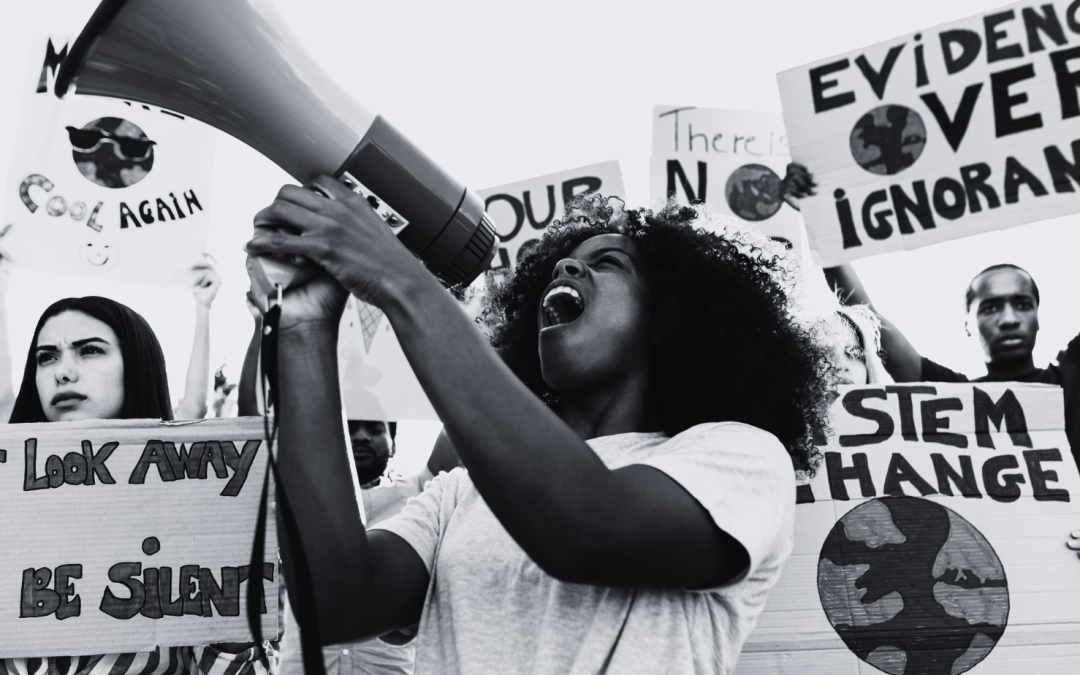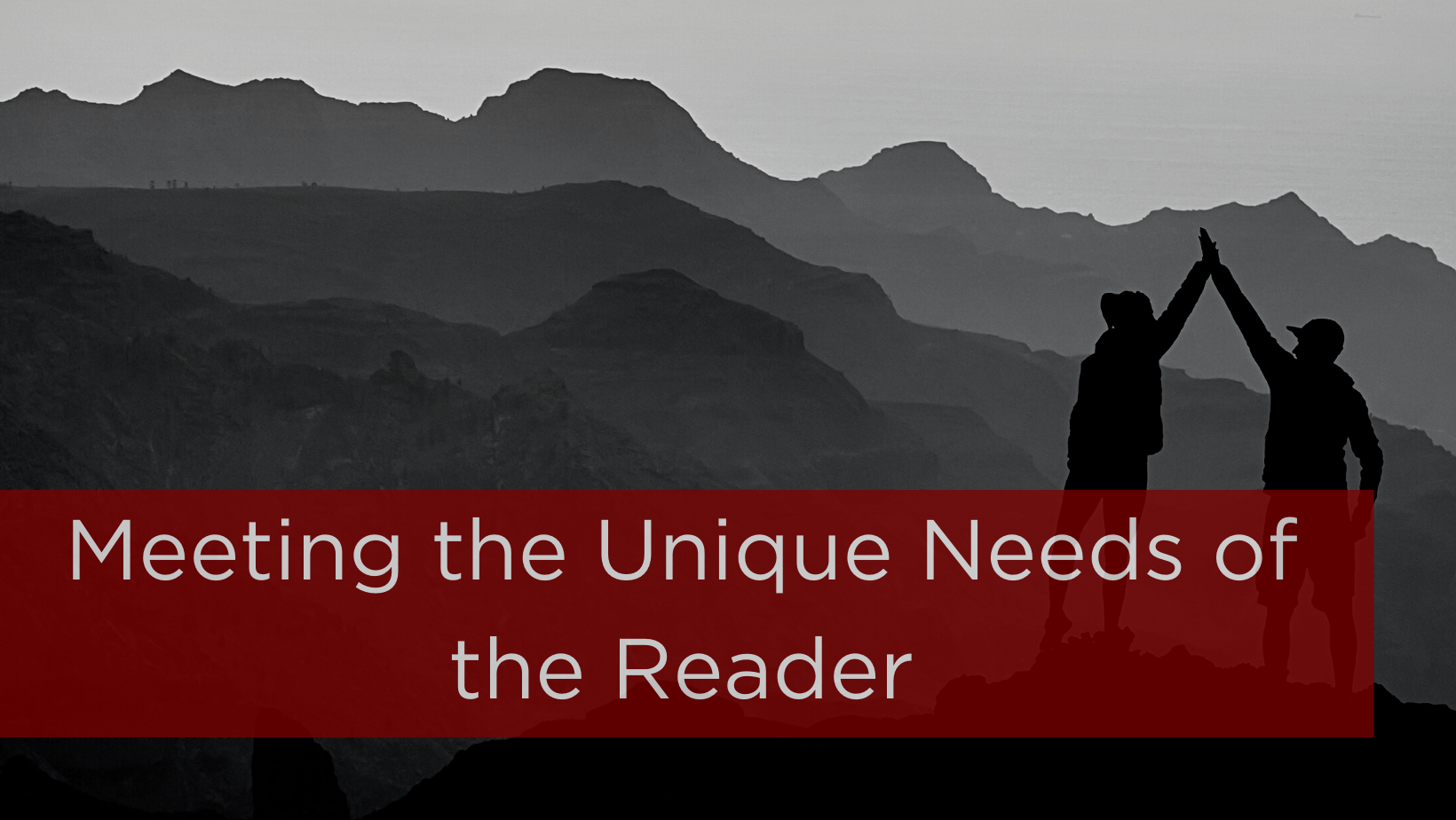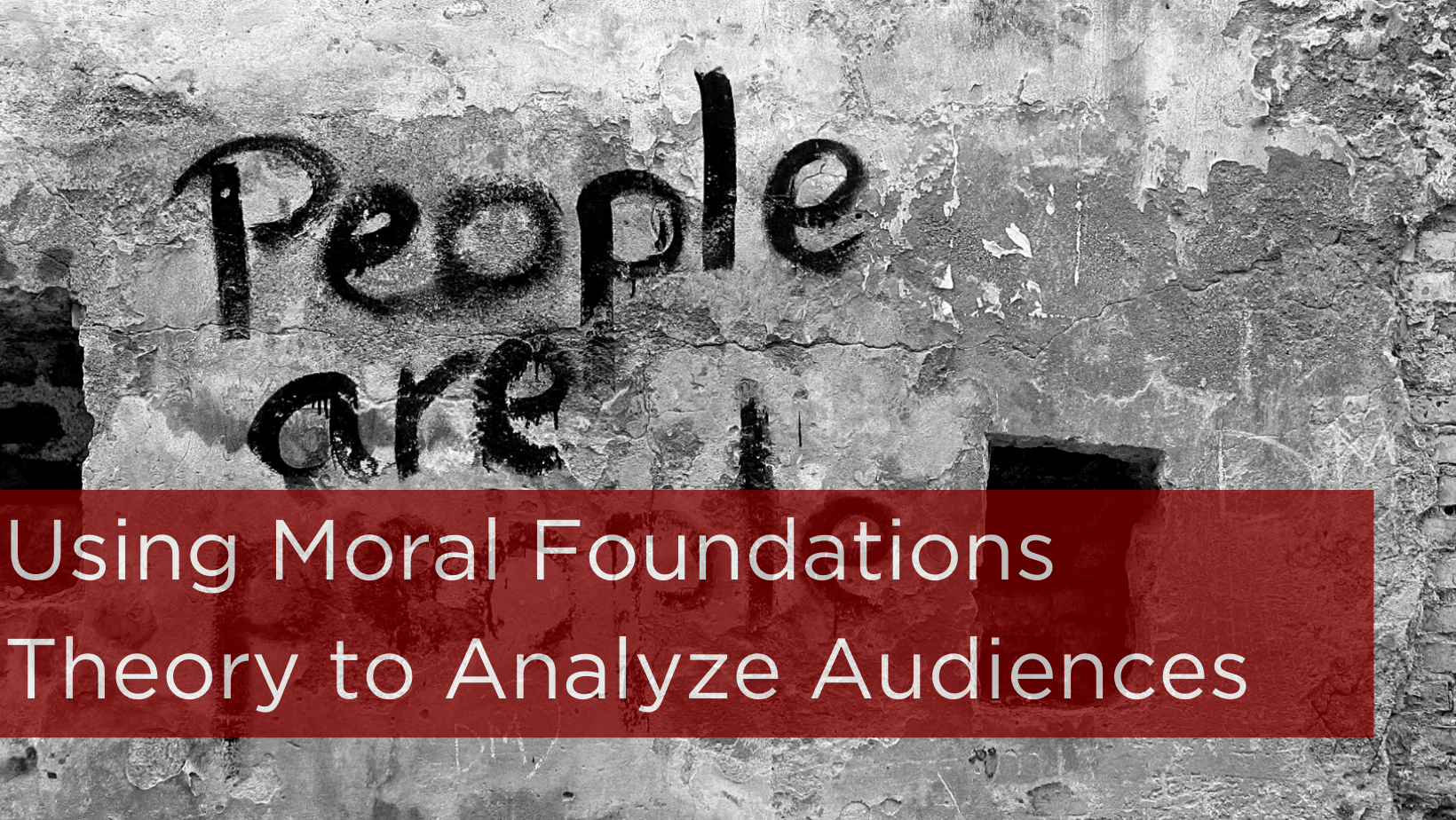What is an op-ed?
An op-ed goes by many names—an editorial, opinion piece, commentary, page op, etc.—but it is, in essence, a piece of writing within the public view that expresses an informed opinion focused on a specific topic or problem. Op-eds are fairly new as a writing style, first coming to prominence in the early 1900s as a way to attract the public back to print news in the age of radio. Today, they serve a similar niche; newspapers face a budget crisis as readership is at an all-time low, and op-eds offer a low-cost solution to providing daily content that engages readers in a way that more traditional journalism simply can’t.
The modern op-ed writer is not restricted by occupation either; professors, politicians, researchers, and professionals use them to take control of the narrative on a given topic rather than entrusting social media and search algorithms to do the job. There is also a rising trend in the sciences to compliment research with op-eds to address limitations in their work that can lead to pervasive misinterpretations.
For example, in early 2023, Cochrane, an influential organization that collects databases and reviews research, published an ambiguously worded review of RCT studies on masking and hand washing that led to gross misinterpretations of the study’s conclusions, even by one of its authors. Researchers and epidemiologists, including the editor in chief at Cochrane, were quick to point out that the study did not come to a conclusion due to a lack of evidence alongside glaring inadequacies in the review. Given the mistrust in science that has permeated from Covid-19 misinformation, academics continue to dispel the significance of the article months after its original publication.
Why does this matter? Well, just like in research writing, where you are one piece of a larger puzzle contributing to the cannon of knowledge on a given topic, op-ed writing is about making a small yet meaningful contribution to this cannon using persuasion. Unfortunately, many of the tools used to purvey a greater understanding can also be used to distort and mislead. While there is certainly something to be said of the severity and degree to which misinformation impacts the public in a digital age (in an op-ed, perhaps?), it is just an amplification of the truth’s dependence on the status quo; your job as an op-ed writer is to add nuance to widely held assumptions by offering alternative opinions, evidence, and interpretations.
So where do you begin? Well for one, you need some expertise on the topic you are writing about; persuading your audience to believe something you don’t understand yourself would be both unethical and a poor reflection of your abilities. You will also need to understand who you are writing to and what they care about, so let’s start there!
Identifying your audience
Good writing always has an audience, but writing to a large group of folks, each with their own unique needs and beliefs, can often be difficult. Your job in an op-ed is to speak to the aligned values and attitudes of your audience.
- Values:
- Do you speak to what is most important to your audience?
- Is there a clear benefit to reading your piece?
- Do you present information in a way that is new and interesting to the audience?
- Attitudes
- Does your audience have biases or preconceptions about the issue? Can you manage them?
- How do you want your audience to react to this piece?
- Is the language appropriate?
Successful op-eds also capitalize on what the audience may know (or not) about the topic.
- Known
- What does your audience already know about the topic?
- Is there a varying level of knowledge or familiarity with your topic?
- Does your audience “know” because they trust that someone does?
- Unknown
- What is new to your audience?
- Do you present new information in a way that is easy to understand?
- Why does your audience not know this information?
All writers struggle to understand their audiences, but for op-eds, it’s a little easier. Given the popularity of op-eds in most US newspapers, you can look to what other writers do in their pieces to engage readers—just remember that the point of an op-ed is to challenge a prominent belief or interpretation, and if you write only to those who share your views, you will lose the hearts and minds of those open to a critical dialogue on the topic.
For more on understanding your reader’s unique needs, check out our post below!
Choosing a role
Everyone from professional journalists to professors and politicians—including the president—writes op-eds. There are plenty of reasons someone would be compelled to write an op-ed, but we think it’s useful to divide them into three distinct roles, listed below, that a policy professional will find themselves in at one time or another.
The Witness
The Witness offers a firsthand account of the problem, whether they experienced it themselves or witnessed it in action. Witnesses focus on the material and human costs, but the true power of their opinion lies in their testimony, often speaking truth to power and serving up a distinctly human-centered narrative of what’s going on. Witnesses should focus on creating a strong narrative that is representative of the problem and conveys the cost of ignoring it.
The Practitioner
The Practitioner occupies an important space between witness and expert. The practitioner experiences the problem secondhand—through aid or non-profit work, for example—but uses their insider knowledge to further educate their audience on its root causes, often moving from problem identification to a solutions-focused narrative. Practitioners are challenged to create short, effective narratives followed by evidence-based arguments to contextualize their observations; they should lean into their role and the credibility it provides but be cautious in appealing to themselves as an authority in place of evidence.
The Expert
The Expert can be both a witness and/or practitioner (a practicing epidemiologist, for example), but their power lies in their extensive knowledge of the problem and the landscape in which it occurs. While it may seem easy for the experts, they are plagued with the “curse of knowledge” and challenged to write about complex ideas in way that an average reader will understand. Experts should lean into their extensive knowledge but be careful in presenting too many contingencies, caveats, and abstractions. Experts tend to jump around in their op-eds, which can often disorient a reader, so having a second set of eyes that represents their intended audience will always be helpful.
Once you’ve identified where you fall within this spectrum, it’s time to begin developing your argument.
The nuts and bolts of an op-ed
Structurally, an op-ed can be somewhat free-form, and there will be a lot of variation between different schools of writers (i.e. researchers, academics, journalists, activists, etc.), but a deductive structure is always a great starting point, even if you alter it after your essentials are in place. To start, focus on creating adequate context for your argument in the first paragraph—making sure to provide your reader with the essentials—and then move on to crafting a strong connection between that background information and your argument in the second paragraph. From there, go point by point, keeping in mind that journalists use line breaks more often than academic writers, dividing each piece of evidence along with its analysis into individual paragraphs rather than adjoining them to their topic sentence. For more on deductive structure, read our post below!
Every op-ed should have a clear purpose that can be intuited in the first few paragraphs. However, the central claim of an op-ed often differs from an academic thesis in that it requires some action on your reader’s part. You may want them to consider, reconsider, deny, approve, march, vote, or a whole host of other activities, but your argument should always move toward a call to action. Aside from being persuasive, your piece should also:
Be timely
Those writing for monthly publications will have a little more flexibility here, but your central claim should have some degree of relation to what is going on right now. Maybe it’s that the problem has finally reached its tipping point, or that some event has made it front and center in the public eye, but whatever it is, it should activate existing knowledge in your audience. Regularly reading the news will be essential to your success in the op-ed space as readers are simply uninterested in rehashing the issues of the past or predictions of the future unless they are pertinent today.
Start with a leading sentence
Traditional journalists often write a setting sentence to start their feature pieces (i.e. “John Doe sits on his front porch looking at his latest bill from the doctor.”), but you have much more flexibility in an op-ed. The goal in your leading sentence should be to entice your audience into reading your piece while providing them with a general sense of the topic or problem. Check out a few examples below (UChicago students have unlimited access to the New York Times via the library page).
- The air pollution in Emma Lockridge’s community in Detroit was often so bad, she had to wear a surgical mask inside her house.
- Tyler Parish thinks of himself as “the last dinosaur.”
- What comes to mind when you think of a mom-and-pop small business: A hardware store? A diner? A family-run clothing store or small-scale supermarket?
Get to the point
Timing is everything in an op-ed. If you present your case for change too early, the reader might not have the background knowledge they need to understand or support it; however, if you wait too long, they may lose interest. Depending on your topic, your point—one main argument per piece being the standard—may come sooner or later, but it should always be clearly stated by the halfway mark.
In this recent piece by Peter Coy on commercial real estate in the New York Times, notice how quickly the author presents his point. He uses the first paragraph to contextualize new information that will be familiar to the audience while attaching the issue to the larger concern of a potential banking crisis, then uses the second paragraph to present his argument (skepticism in the Fed’s approach to inflation as it pertains to commercial real estate). The New York Times has covered domestic inflation on a daily basis, so Coy is both capitalizing on this existing knowledge while encouraging the reader to further invest by presenting nuance and evidence for it. While this piece is heavier on the jargon than we would recommend, it is to be expected when targeting a more specific group.
In contrast, this piece on antitrust law by the editorial board of the Washington Post uses the first few paragraphs to explain a more complex issue that the reader may not be familiar with given the current direction of the FTC. Their main claim—that this is a classic example of antitrust enforcement—comes later because readers may not understand how Google’s ad stack functions nor the alleged monopolistic behavior within that space.
Create a realistic call to action
While a policy maker, organization, or politician may be the one who implements change, be sure to include your audience in the call to action as they will be essential in pushing your decision-maker to action. For example, you might want a senator to support a bill that you think will institute change; in this case, you should think of the voters in their district and how you can make the value of your argument resonate with them through a boycott, petition, or other activist work.
Adding counterpoints to increase credibility
Sometimes it helps to present an argument against your own, which can earn credibility from a skeptical audience or consideration from one that is potentially hostile. A counterpoint assures readers that you’ve considered both sides and wrestled with discordant data or situations that don’t neatly fit the narrative thus far. Basic and fair counterpoints rhetorically position you to make your strongest case before the close. Avoid choosing a weak or widely discredited claim as a counterpoint—often referred to as a “strawman” argument—and instead focus on summarizing the most prominent or pervasive criticism of your main point.
The rebuttal, on the other hand, refutes the counterpoint while introducing a subclaim that directly addresses it. In the case that a previous claim already addresses the counterpoint, do not repeat it verbatim; instead, expand on that point’s scope with additional analysis or evidence to accommodate the counterpoint.
Sign posting language will be a useful tool in writing a compelling and concise counterargument, so make use of language like:
- Some might argue that . . . However . . .
- While it can be said that . . .
- There is a widely held belief that . . . but . . .
Counterarguments (the counterpoint plus the rebuttal) should come at the end of your piece, right before the conclusion. If your piece contains a call to action, make sure to set yourself up for success in your counterargument (a good sign post to add in this case is “that is why . . .”).
Counterarguments can also be the focus of an op-ed when a belief about a given topic has become fallacious or dangerous to public discourse—a phenomena all too common in our current age. Politicians will often use these longform critiques to respond to opponents during election cycles, but in light of controversial bills and rulings within the United States, many have stepped up to the soapbox to dispel common myths and misinformation about a whole host of issues.
We think a recent op-ed on the value of the humanities in higher education by Professor John Keck did this exceptionally. Notice how he uses his first paragraph to build context through timeliness, capitalizing on the recent comments surrounding Texas’s HCR 64, an immigration bill, and their unwarranted criticism of higher education. As he progresses through his critique, he gradually reorients his reader to his home state and the work that he does there, navigating his role of the expert while utilizing the tools of the practitioner to give his narrative a distinctly human focus.
Using a behavioral framework to better persuade your audience
Knowing your target audience’s priorities, values, and concerns will help you craft an argument that is most likely to resonate with them. To better analyze how a given policy narrative might strike our potential readers, we can use insights from social-psychological theories like the Moral Foundations Theory, which was developed by Jonathan Haidt and colleagues to explain how individuals’ moral values are shaped by their cultural, social, and evolutionary contexts. Moral Foundations Theory won’t reveal exactly how your audience will react to your argument for change, but no theory can. At the Writing Workshop, we like to think of these social-psychological theories as additional tools in your kit to help you make quicker and better informed decisions about the arguments, evidence, and language you use within your piece rather than empirical frameworks you can apply with certainty.
If you are interested in acquiring other tools to help you become more persuasive, we recommend checking out the work of Paul Slovic and Daniel Kahneman as well. For further reading on Moral Foundations Theory, check out our post below:



